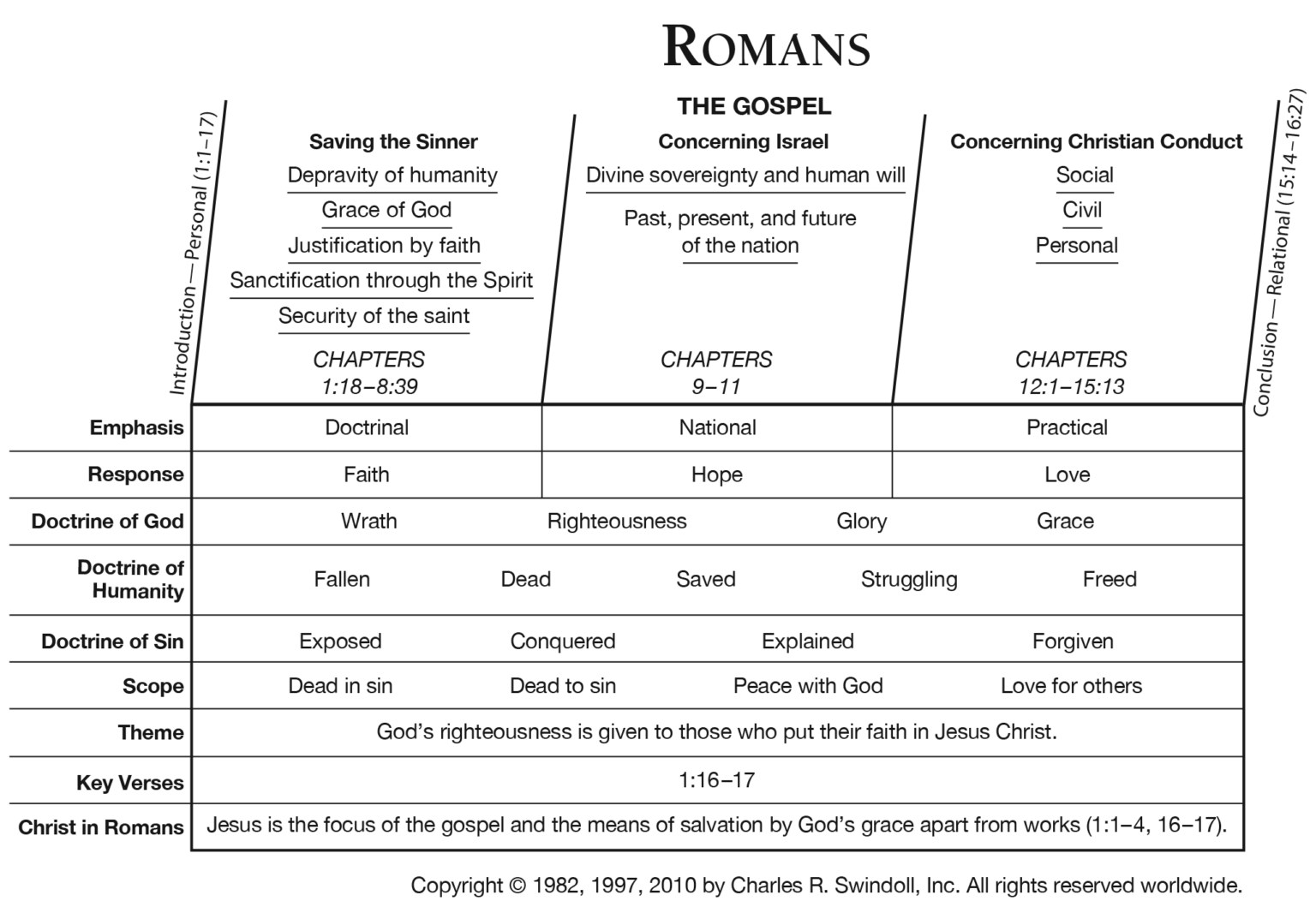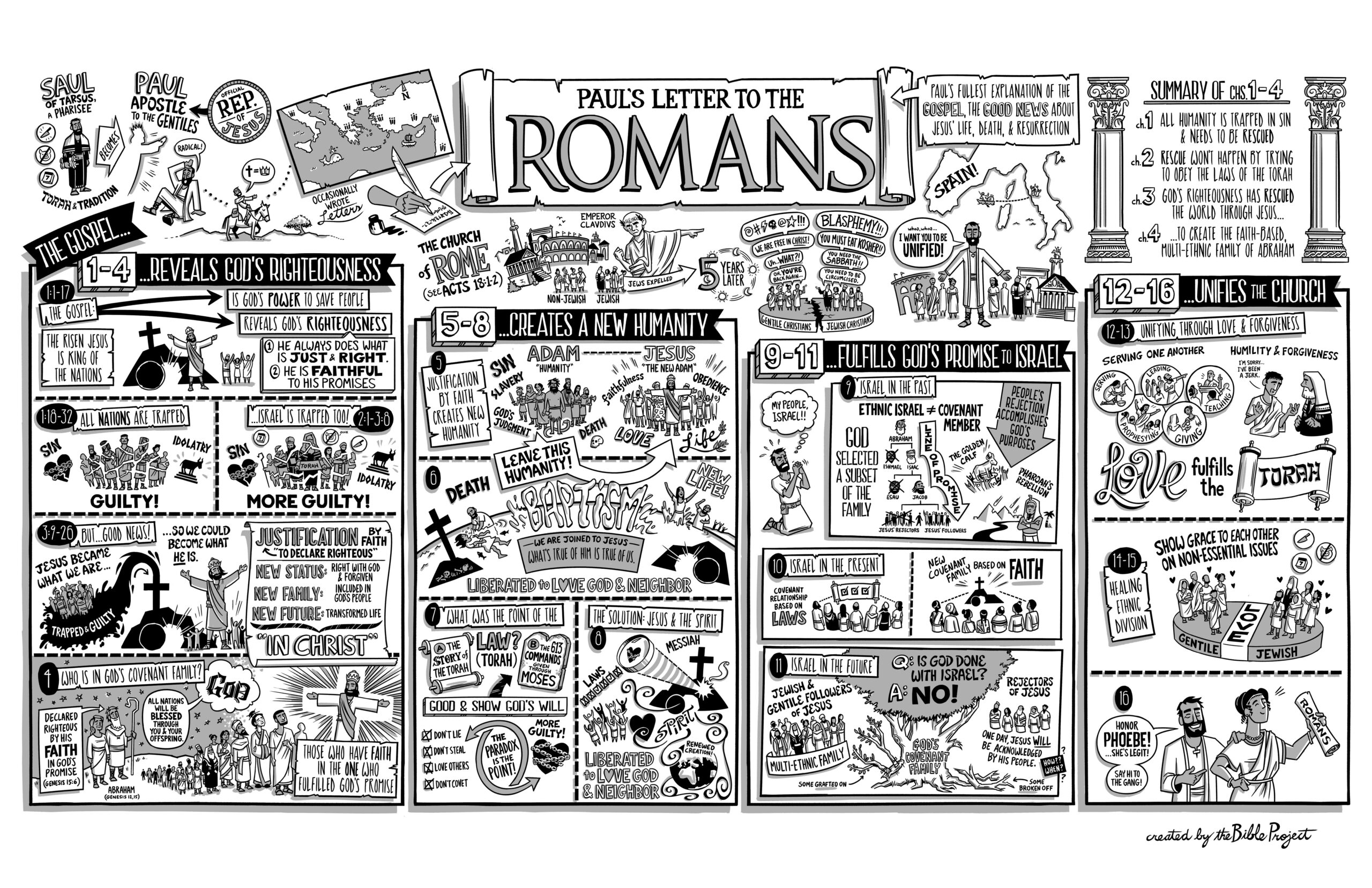Embark on a literary journey with our comprehensive romans summary by chapter, where each chapter unravels the intricate plot, characters, and themes that define this captivating novel.
Delve into the heart of the story, exploring key events, character development, and the profound historical and cultural context that shapes the narrative.
Chapter Summaries

Let’s dive into the heart of Romans, unpacking each chapter’s juicy details and uncovering the profound themes that Paul weaves throughout his letter. Buckle up, folks, as we embark on a chapter-by-chapter adventure.
Roaming through the chapters of Romans offers a journey into the intricacies of faith and redemption. As we delve deeper into its depths, we stumble upon a parallel in the realms of contemporary literature: The Carry Chapter 4 . This chapter weaves a poignant tapestry of love, loss, and the indomitable spirit that echoes the transformative power of the gospel found in Romans.
Chapter 1, Romans summary by chapter
Paul introduces himself as a servant of Christ and Artikels his mission to spread the gospel to the Gentiles. He proclaims the power of the gospel to save all who believe, regardless of their background or deeds.
Need a quick overview of the epic tale? Romans summary by chapter has got you covered. Dive into the gripping plot, complex characters, and thought-provoking themes. And if you’re looking for another captivating read, check out the golden son chapter summary for a thrilling sci-fi adventure.
But don’t forget to come back and finish your Romans summary by chapter, where the twists and turns will keep you on the edge of your seat.
Character Analysis

In the tapestry of Romans, each character weaves an intricate thread, contributing to the novel’s rich narrative. Their motivations, relationships, and transformations mirror the complexities of the human experience, reflecting the historical and cultural currents that shape their actions.
Paul: The Apostle of Grace
Paul, the central figure of Romans, embodies the transformative power of grace. His journey from persecutor to preacher illuminates the radical change that can occur when one surrenders to the love of Christ. Driven by a profound understanding of the gospel, Paul’s relentless determination to spread the message of salvation influences the course of events, leaving an enduring legacy on the early church.
Justification by Faith
Paul’s central theological tenet, justification by faith, becomes the cornerstone of Romans. He argues that salvation is not earned through works or adherence to the law but is freely given through faith in Christ. This radical concept challenges the prevailing religious norms of his time, sparking controversy and igniting the flames of the Reformation centuries later.
Impact on the Plot
Paul’s unwavering faith and his tireless missionary work have a profound impact on the plot of Romans. His letter to the Roman church serves as the framework for the novel, guiding the reader through his theological arguments and personal experiences. Through Paul’s eyes, we witness the struggles and triumphs of the early Christian community, providing a glimpse into the challenges and rewards of following Christ.
Historical and Cultural Context

Romans is set in the Roman Empire during the reign of Emperor Nero. This was a time of great political and social upheaval, as the empire was transitioning from a republic to an autocracy. The novel reflects the anxieties and uncertainties of this period, as well as the clash between traditional Roman values and the new, more cosmopolitan culture that was emerging.
One of the most important events of this period was the Great Fire of Rome in 64 AD. This fire destroyed much of the city, and Nero was widely believed to have started it himself in order to clear the way for his own building projects. The fire had a profound impact on the novel, as it led to the persecution of Christians and the destruction of many of the city’s ancient landmarks.
Nero’s Reign
Nero was a cruel and tyrannical emperor who was responsible for the deaths of many of his own family members and political opponents. He was also a great patron of the arts, and his court was a center of culture and learning. The novel reflects Nero’s contradictory nature, as he is both a source of terror and inspiration.
The Rise of Christianity
The first century AD was a time of great religious change, as Christianity began to spread throughout the Roman Empire. The novel reflects the growing influence of Christianity, as well as the persecution that Christians faced from the Roman authorities.
The Clash of Cultures
The Roman Empire was a melting pot of cultures, and the novel reflects the clash between traditional Roman values and the new, more cosmopolitan culture that was emerging. This clash is most evident in the character of Petronius, who is a wealthy and sophisticated Roman who is torn between his love for his country and his desire for a more enlightened way of life.
Relevance to Modern Readers
Romans is a novel that speaks to the human condition in a timeless way. The themes of love, loss, betrayal, and redemption are all universal, and the novel’s characters are still relevant to readers today.
Concluding Remarks: Romans Summary By Chapter

As we conclude our romans summary by chapter, we leave you with a deeper understanding of the novel’s complexities and its enduring relevance in shaping our literary landscape.

Getting a quick insight into the events of Romans by chapter can be a great way to familiarize yourself with the book. For a fun and engaging read that explores a unique love story, check out love at first bite chapter 1 . Afterward, you can return to your Romans summary by chapter to continue your exploration of the biblical text.